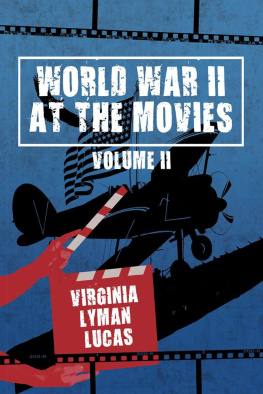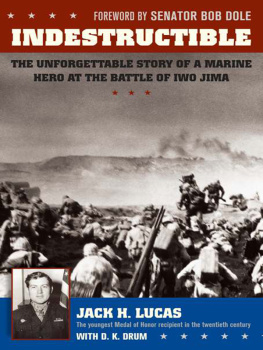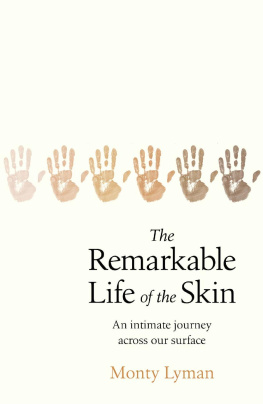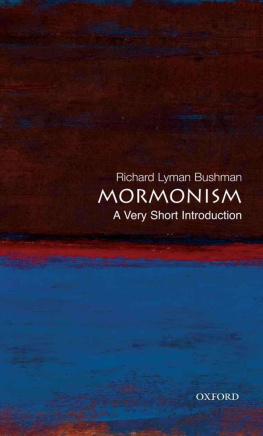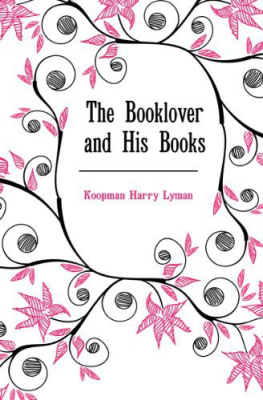Introduction
World War II at the Movies features a collection of forty-eight movie commentaries in chronological order, offering a broad scope of major battles and turning-point events, honoring the heroes who fought on the front lines and the strategies of military leadership that contributed to and brought about the Allied victory of good over evil and freedom over oppression in the largest and most catastrophic war waged in human history, the Good War, World War II, movies such as the Battle of Britain , The Longest Day , and The Bridge at Remagen in the Western theater, Tora! Tora! Tora! , Midway , and Above and Beyond in the Eastern theater, and in the General section, Go For Broke! and Windtalkers representing diversity in service.
The approach of World War II at the Movies , Volume II presents an opportunity to veer from the frontline battlegrounds, pay tribute to, and celebrate the spirit of those individuals who stood their ground against all odds whether it be:
to endure the confines and many times the brutality of POW camps, as in The Great Raid , depicting a United States Army Ranger rescue mission to free prisoners-of-war from Cabanatuan, one of three Japanese POW camps holding the survivors of the 60-mile Bataan Death March;
to persevere on top-secret commando missions, as portrayed in The Dirty Dozen, The Guns of Navarone , and Where Eagles Dare, to name just three of the seven in this collection;
to hold to the courage of their convictions against criticism of, and opposition to, their innovative ideas and inventing of war weaponry that would result in major contributions to victory over the Axis powers: Dive Bomber spotlights the medical advances and G-force issues in naval aviation; Bombardier introduces the Norden bombsight, which switched the focus of bombing missions from pilot to bombardier; and the invention of Alan Turings Bombe machine, which cracked the German Enigma code as shown in The Imitation Game .
Fat Man and Little Boy , dramatizing the joint efforts of the brilliant physicist, J. Robert Oppenheimer, and head of the Manhattan Project, General Leslie R. Groves, in the race to be first to design and build the atomic bomb.
World War II at the Movies , Volume II also contains supplemental information that enhances the movie content.
Courage of Lassie is about a canine who serves in World War II and is supplemented with information about other animals who served in World War II and includes horses, famous carrier pigeons, and even a cat.
In Ambush Bay , the commandos are transported to the Philippines via a PBY Catalina (flying boat), and the page following the commentary elaborates on the designation of the PBY Catalina.
Following Saving Private Ryan are pages with details regarding brothers who served in World War II. The Higgins boats used to storm the beaches in the Normandy invasion, and the Garand rifle, which was the predominantly used firearm of the time.
MacArthur is followed by a listing of all United States five-star generals who served in World War II, a mini bio about General John Wainwright, who assumed General MacArthurs responsibilities after President Roosevelt mandated he leave the Philippines and recoup forces in Australia, and a description of Malinta Tunnel, which was MacArthurs headquarters on Corregidor in the Philippines.
Details about the Norden Bombsight follows Bombardier .
Succeeding Dive Bomber is a timeline regarding the medical research and advances in aviation history.
After Imitation Game is information about the inventor of the enigma machine and the bombe machine which helped crack the enigma code.
Spitfire , a biopic about aeronautical engineer Reginald Joseph Mitchell who designed the titled fighter plane, is followed by a mini-bio of Lady Houston, who came to Englands financial aid when they couldnt fund the Schneider race, and a page about the Schneider Trophy , the winner of which would be awarded funds to further advance airplane design.
Following Task Force, which is about the promotion of the aircraft carrier in playing a more predominant role in warfare, is a history of the aircraft carrier and ship-naming conventions.
The Great Escape , The Great Raid , and Stalag 17 are followed by a piece on the existence of POW camps in the United States during World War II.
The movies Fury and Sahara spotlight the role of tanks during World War II, and there is additional data on the M3, M4, and M26 tanks and a bio about Belton Youngblood Cooper who has written about tanks and the controversy about which would have been safer to use during World War II.
PT109 , a depiction of a slice of President John F. Kennedys naval career is followed by a list of all presidents who wore the uniform in World War II.
Pride of the Marines and The Best Years of Our Lives , the two movies representing the struggles and challenges faced by wounded veterans upon their return to civilian life, are followed by two pages, one about the youngest United States veteran and the oldest United States veteran to serve in World War II.
World War II at the Movies , Volume II is as rich in history as it is different in content and format than to World War II at the Movies .
Animal Heroes
Courage of Lassie
(1946)
Director: | Fred M. Wilcox | Screenplay: | Lionel Houser |
In Courage of Lassie , Lassie gets top billing (name above the title), is named Bill and Duke, and is played by a male dog actor named Pal.
In a beautifully photographed twenty-minute opening segment of harmony, a collie pup, separated from his litter, grows to young adulthood in the woods. Exploring nature and satisfying his curiosity, the pup encounters and learns from a variety of woodland creaturesravens, hawks, frogs, rabbits, and squirrelsgets into mischief with a skunk (gets sprayed), heeds the warning of a growling mountain lion, mimics a bear foraging for berries, and catches a fish in the shallow part of a river.
After being swept away in the river rapids, being chased by a coyote and then shot by a young hunter, he is found by Kathie Merrick (Elizabeth Taylor) and carried to her home. With the help of a neighboring shepherd, Mr. MacBain (Frank Morgan), she tends him back to health, names him Bill, and teaches him to herd sheep.
When Bill is accidentally hit by a truck, he is taken to an animal hospital. He remains unclaimed for two months and is sent to a war dog training center, where he is referred to as Duke. After rigorous training, he is shipped out with the troops to the Aleutian Islands.
During a report mission (delivering a message to a trapped patrol team) through heavy gunfire and explosions, Duke is seriously injured, and the return message is lost. Duke perseveres and makes it back to his team but is on his deathbed. His master talks him back into consciousness and gets Duke to lead them back to the trapped patrol team, and they are rescued. However, the injury and stress cause Duke to become aggressive, and he is sent back to the war dog training center to recover. He escapes, attacking livestock and threatening people as he finds his way back to Kathie.

